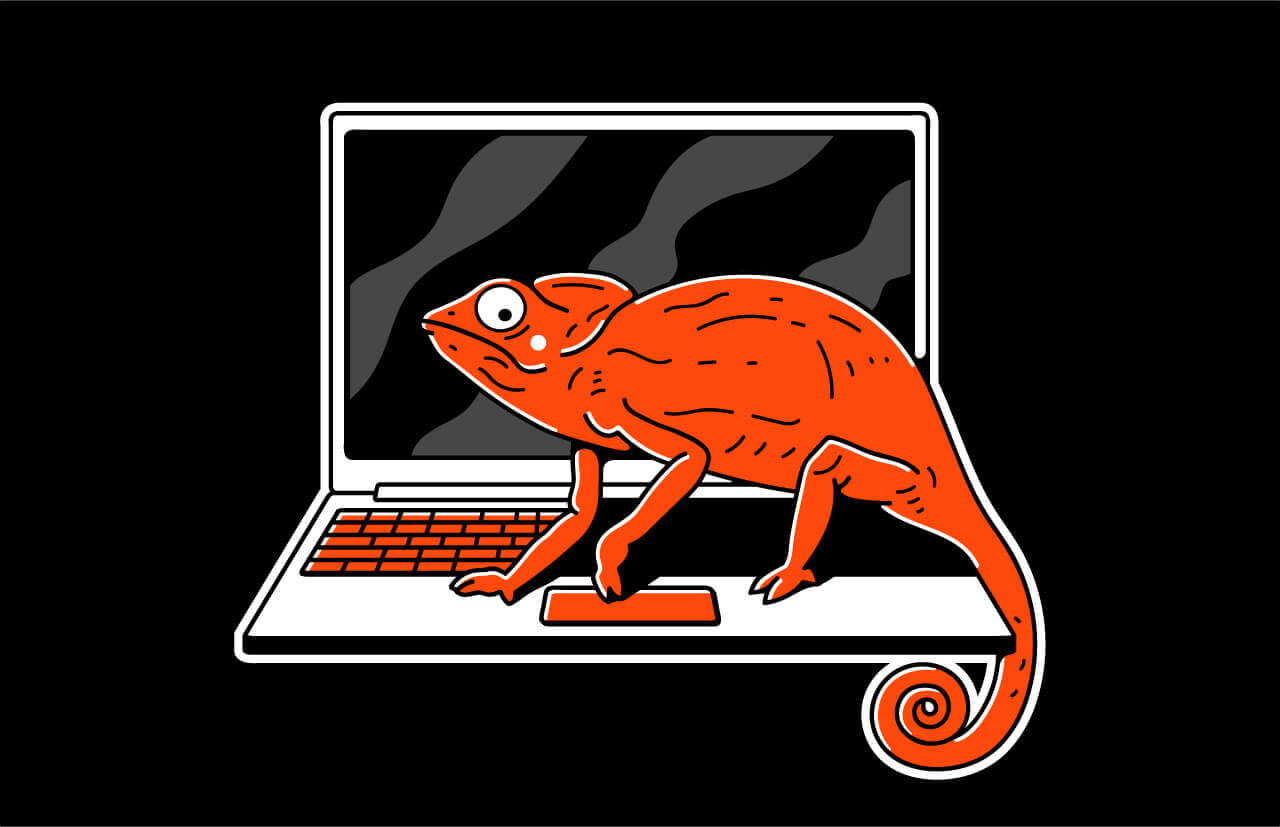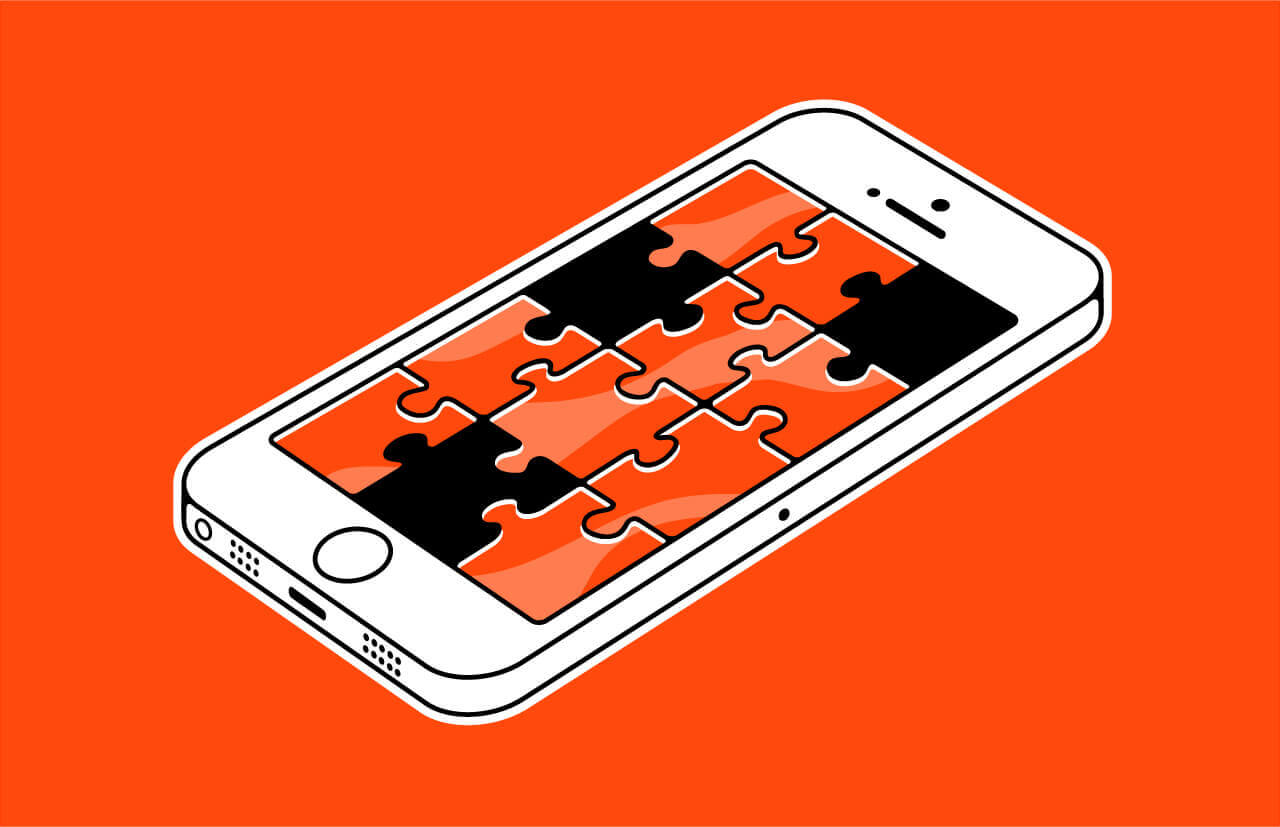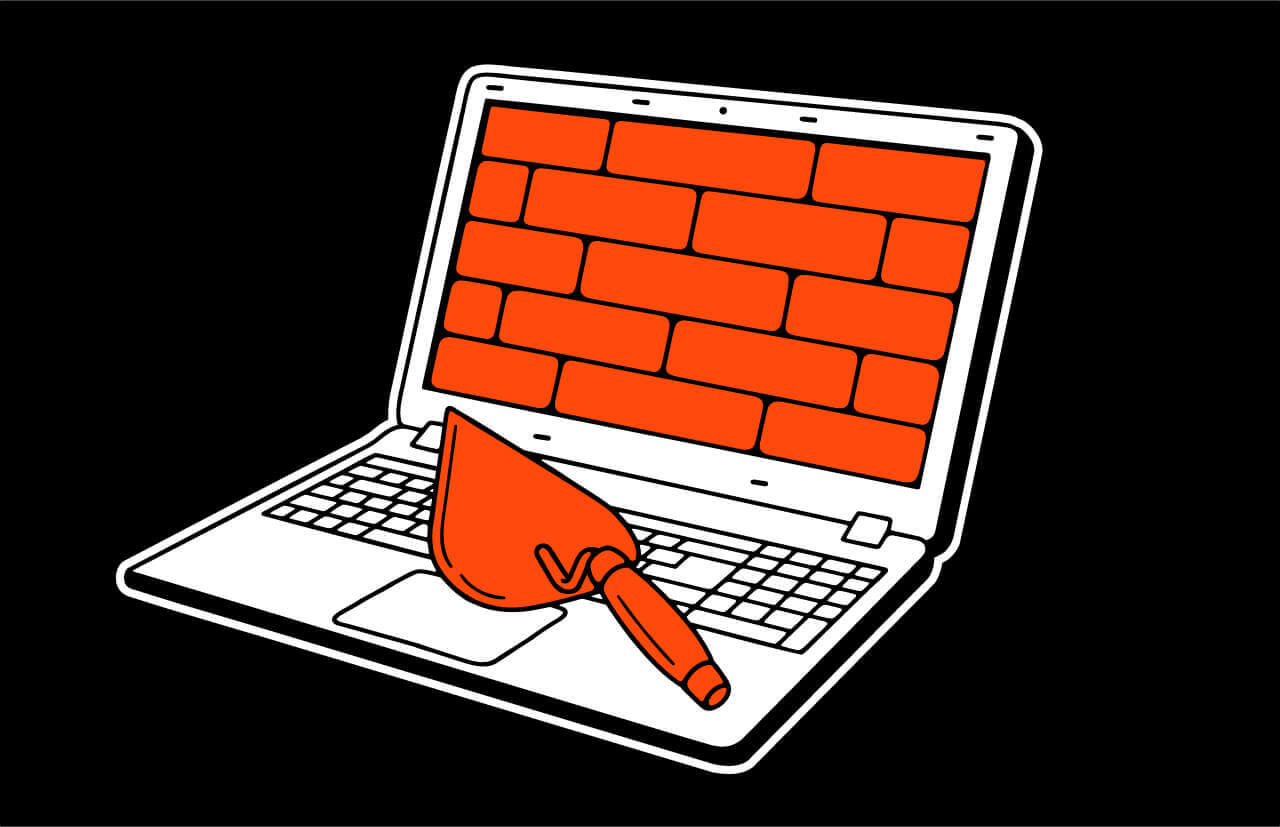Most of Humbleteam’s clients are looking for a product revamp because they’ve seen user numbers plateau or growth slow.
These companies are faced with two choices:
- Build a team of in-house designers and update their design using internal resources;
- Or hire an experienced agency.
The second option might sound simpler, but it also has its drawbacks: an external designer will never be able to immerse themself in the project as profoundly as the one who’s already working in the company.
The solution? Bring the two options together
The best option is to combine the experience of those who have already worked on the project with the external team. And this is exactly what we did with one of our recent clients.
This was a perfect example of how a different approach can turn everything upside down. The project centered on an IT security company with several thousand employees and a ton of designers working on product creation.
- Instead of going for a usual concept competition from different agencies, the company formed several groups (three internal teams and one on behalf of Humbleteam) and established guidelines for the best project.
- Each of the teams made their own concept, constantly checking in with the others. There was no secrecy, with each team crafting their own version and discussing with everyone else.
- After that, there was testing. And that’s when the surprises happened.
Five test groups were in for testing: users, sales department, testers, internal designers, and those who had never used the product before.
The results of the first testing stage were pretty confusing: the option that the in-house designers voted for was practically ignored by all other target audiences.
So what actually happened?
Of the 112 Humbleteam cases in our portfolio, we’ve launched products 105 times, and have already learned the symptoms of biased thinking by heart. There are clear signs of stagnation when it comes to design thinking.

critical web design mistakes to avoid
1. Choosing a safe option
After the startup has passed Round A, designers no longer have time to experiment with a bunch of concepts, since the niche has been chosen and there’s no point in coming up with something new every time.
The designer team is then a hostage to its own concepts – always choosing the option that is as close as possible to the existing one. And that’s a safe way to avoid brilliant breakthroughs.
For example, we completely revised the borrowing flow for a bank and increased the conversion by hundreds of thousands of dollars.
This would be impossible if you were afraid to destroy and rebuild everything from the ground up.
2. Mental trap
Designers fall into the mental trap of constantly comparing the updates and the old design. They believe that by choosing a new option, they admit to the flaws of the original concept.
But this is far from the truth. A need for change is brought on by people with a different planning horizon who can anticipate what is worth changing today in order to be relevant tomorrow.
3. Redundant perceptions
Working on one product over a period of time, a designer often becomes dependent on one design system and can ignore trends, current techniques and visual solutions. A new style is almost always deemed to be ‘unusable’ or ‘unscalable’. Knowing all the details of your layouts makes it very difficult to make drastic creative discussions.
4. Lack of a holistic product perception
The work of design teams is often fragmented and hyper-focused on individual features, which makes it hard to rethink the entire design strategy. Ditto for when designers work in separate teams.
How to avoid stagnation
Don’t be afraid to experiment and change your existing design radically. It’s a known fact that outdated design negatively affects user confidence and will push them toward a more modern, flexible competitor. A quality upgrade restart will help you stand out from the crowd. And if you work in a tandem, like we did on our project with the IT company, prepare to be surprised by the outcome!
Now that you know how to relaunch a digital product with minimized risks of failure, we’re curious to know if you’ve ever had experience with design upgrades? Did it work? If you want to add any of your own advice, then shoot us an email.
Subscribe to hear about legendary business pivots on our CTRL SHIFT podcast.





